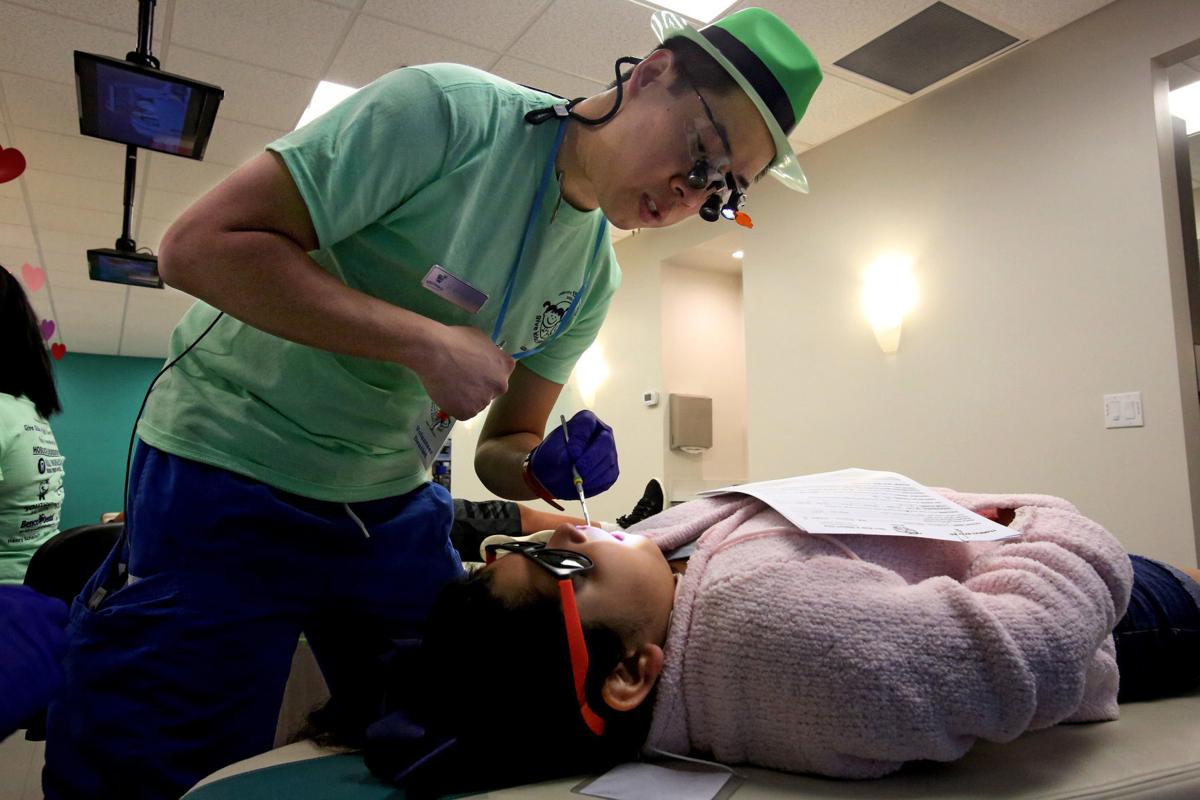The following column is the opinion and analysis of the writer.
Some things in life you come to rely on. The sun will rise each morning and set each evening, the snowbirds and tourists will arrive each winter, and the Arizona Cardinals will take the field each fall. But right now, all Arizonans are not able to rely on something critical: access to comprehensive health care that includes oral health care.
For the last fifteen years, low-income adults in Arizona have been on a roller coaster ride, with access to dental benefits in some years and no coverage in others. We’re asking our leaders to put an end to this costly cycle of uncertainty.
Beneficiaries of the Arizona Health Care Cost Containment System (AHCCCS), the state’s government insurance program for low-income adults, await their oral health fate yet again as state lawmakers lock in a budget for a new fiscal year. Providing funding for preventive oral health care for all Arizonans covered by AHCCCS would show the state’s commitment to its people and their health.
Proper preventive care is essential for maintaining good oral health. Good brushing and flossing habits at home are the first step to keeping your mouth healthy. But beyond that, regular check-ups with your dentist today will ensure that you do not end up in the emergency room for a dental problem tomorrow. Data shows that untreated, often preventable, oral diseases send more than 2.1 million Americans to the emergency room each year.
AHCCCS covers dental emergencies for adults, but only up to $1,000 — a cap that is often far below the actual costs many people incur. While it is important for our state lawmakers to be budget-conscious, treating emergencies instead of preventing emergencies is not the best way to save money. A recent study found that moving people out of the emergency room and into the dentist’s office would save $1.7 billion each year, nationally. We can actually save taxpayer dollars in Arizona by covering preventive services for low-income adults.
While lower costs are an important part of the puzzle, our ultimate goal is ensuring that all Arizonans are as happy and healthy as possible. For us, that starts with a healthy mouth. A healthy mouth can do more than flash a bright smile; it can help keep the rest of your body in optimal health. Poor oral health can lead to an increased risk of heart disease, worsening diabetes conditions, and complications in pregnancy, according to the Institute of Medicine.
AHCCCS deserves praise for providing dental coverage for children. Seeing a dentist and learning the importance of taking care of one’s teeth instills strong dental care habits in kids. But quality oral health does not suddenly become less important in adulthood. All adults in Arizona need dental care, particularly at-risk populations like pregnant women and adults with disabilities.
While 68% of adults in the U.S. report visiting the dentist within the past year, only 62% of adults in Arizona do so, according to the CDC. Expanding AHCCCS’ dental coverage to eligible adults would get us on track to closing that gap. Otherwise, Arizonans’ health might fall further behind the rest of the country.
For too long, Arizonans’ oral health has been treated as a secondary priority as Arizonans’ dental benefits are dialed up and dialed down every few years. We look forward to partnering with community leaders and policymakers to find a solution that expands access to oral health care for adults under AHCCCS.





